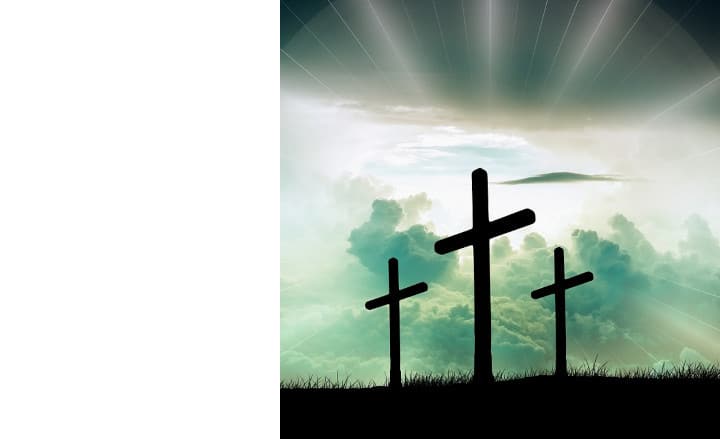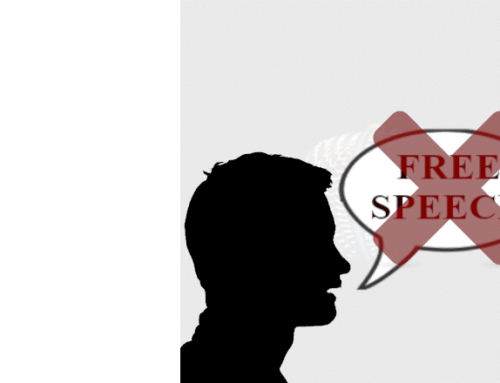Mention the word Easter and what comes to mind is redemption. Ultimately, it’s all about salvation. After the darkness of Good Friday comes the light of Easter. It’s also a time of hope, and this year the hope is that the early signs of a religious renaissance in the West come to fruition.
New York Times Catholic columnist Ross Douthat is right to observe that it is too early to say we are witnessing a religious revival, but, he says, no one can dispute that there is a growing interest in religion. This includes some notables who are not content with what secularism has wrought.
Until recently, the biggest religion story in the United States was the increase in the “nones,” those who answer “none” when asked what religion they belong to. But survey data now indicate that this phenomenon has hit a plateau.
The religiously unaffiliated are comprised of atheists (5 percent), agnostics (6 percent) and “nothing in particular” (19 percent). Seven-in-ten of the latter category—which is roughly two-thirds of the religiously unaffiliated—say they believe in God. This suggests that their status may only be temporary.
In a recent Barna survey, 66 percent of adults say they have made a personal commitment to Jesus. This struck me as odd given that a recent Pew survey found that 62 percent of Americans are Christian. But then I read that Barna researchers reported that three-in-ten of those who don’t identify as Christian have made a personal commitment to Jesus. So religious matters are rather fluid these days. Another sign of hope.
It’s not just in the United States where religious stirrings are apparent.
In France, 2025 has seen a record 10,384 adult baptisms; this is an increase of 45 percent over last year. Indeed, adult baptisms have more than doubled since 2015. Importantly, this surge is being led by young Catholics. Another sign of hope is that young Catholics constitute the largest segment of converts.
In the United Kingdom, one study found that church attendance has increased by 55 percent since 2018. It is being led by Catholics, especially young Catholics. Among churchgoers aged 18 to 34, Catholics outnumber Anglicans by more than two to one. This is the first time since Henry VIII initiated the Protestant Reformation that Catholics outnumber Anglicans.
What’s going on?
Some say it has to do with social media. They say it is easy to access information about Catholicism in the comfort of their own home, and it is also easy for young people to express themselves. Even if there is some truth to this, it doesn’t explain the cultural dynamics that are bringing more young people to religion.
Justin Brierly is an English podcaster who has covered this subject. He believes that our post-Christian society has delivered much “confusion,” including a “mental health crisis in the young.”
An English Catholic priest, Fr. Daniel of the York Oratory, agrees. “There is a sense of moral chaos and lack of meaning in today’s society. If people can find something that makes sense, provides meaning, and also gives a community, which the Catholic Church does, they are going to be attracted to this, and I think this is particularly true for young men.”
No one can argue that the “confusion” and “moral chaos” that these men describe is not real. When young people are told to follow their feelings, not science [read: the sexes are interchangeable], and they later realize that they have been had, it triggers a reaction that begs for truth and clarity. This is what Catholicism offers—a ready antidote to the meaninglessness and rootlessness of militant secularism.
In short, there is more reason for hope this Easter season than we have witnessed in some time. That’s a net gain for the newcomers and a net gain for society.







